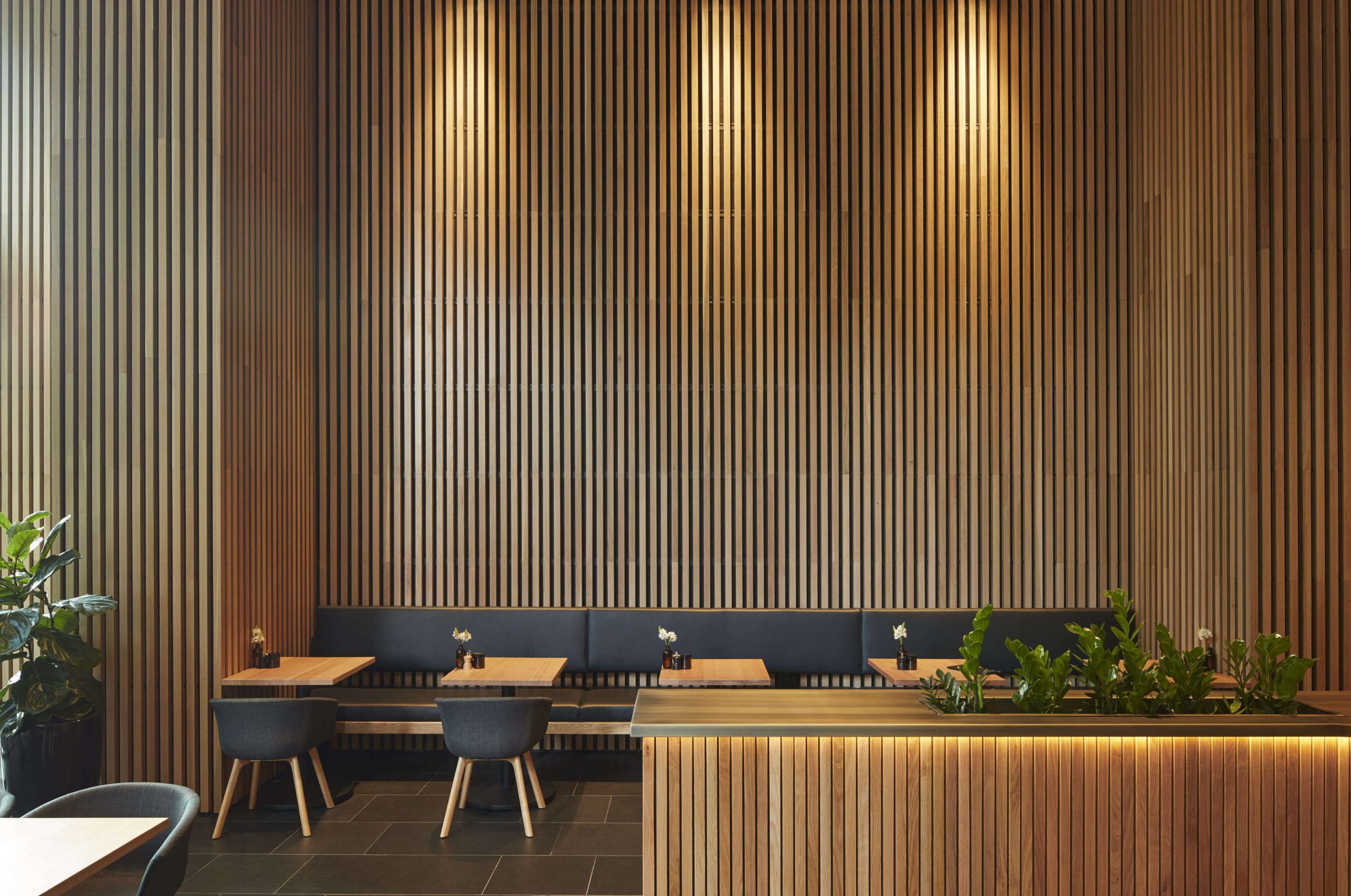
No matter what kind of construction you are working on – commercial or residential – there are many needs that are universally relevant, and that may lead you to choose timber feature wall systems for your project.
Natural, sustainable, and low-maintenance wood may be utilised to improve the acoustics of a house or business, satisfy code requirements, give beauty and seclusion, and enhance architectural elements in a variety of applications. Examine some of the many advantages that architectural wood offers, and you’ll immediately realise how much it may improve the appearance of your house or company.
Timber Feature Wall
A timber feature wall is a wall with a design that is distinct from all other walls in the room, attracting the viewer’s attention and piquing their interest owing to its distinctive appearance. A fashionable and durable method to add a multi-textured, attention-grabbing aesthetic to any home or business design, timber walls are a must-have.
Ideas for a Timber Feature Wall
Fin Profile
Choose the traditional fin profile to add depth and dimension to your design. Small, angular fin profiles are available in both square and tapering panelling (V-Fin), making them ideal as a highlight wall in an interior wood space. Opt to utilise Western Red Cedar for your building’s exterior walls. You may create a more seamless transition between the interior and outdoor spaces by installing feature walls in certain places.
Because of the many applications and colours that the Fin profile has been used in, it’s simple to see why it’s one of the most popular goods on the market. The Fin pattern is a versatile design that can be utilised in practically any structure or purpose, and it is available in a variety of colour options.
Timber Walls with a Flat Profile
Have a vision for a timber feature wall that incorporates the distinctive Australian weatherboard look? Consider the flat profile. The wide surface lets the natural tones and textures of the wood show for themselves while still allowing for coated treatments.
Flat-profiled wood panel feature walls may be used to great advantage in movie rooms, grand reception halls, and dining rooms. The flat and fin profiles are combined to produce a multi-textured, multidimensional aesthetic. The Flat profile has consistent spacing “out of the box,” but architects and designers have made their own versions to give the product even more variety.
Benefits of Timber Walls
Improving Architecture
Wood is a timeless choice for modern, rustic, or other settings. You may incorporate it into any residential or business design. Architectural wood elements can be used to delineate areas in open spaces, highlight and soften a significant disadvantage, create seclusion, and add beautiful touches to any room.
Suspended wood ceilings provide warmth to rooms while also creating a background for light fixtures that ceiling panels or drywall just cannot match in terms of brightness.
It also works nicely in enclosed outdoor locations. A well-placed wood wall allows light to pass through while providing seclusion. Timber wall elements may be ideal for upgrading your home while contributing warmth, whether inside or outside.
Code Compliant Building
It may surprise you that components like a wood ceiling system and timber feature walls may be a lovely approach to finish your project while being code compliant.
Commercial fire ratings may be complicated. Using the proper wood materials might help you quickly satisfy Construction Code Level 3 criteria in your building. Western Red Cedar is timber with minimal fire spread and fire danger characteristics, making it simpler than ever to fulfil construction codes.
Maintenance Ease
Possibly you are not aware of the fact that wood used in architectural timber components, suspended ceilings, and walls has an additional benefit in that it requires less upkeep. The amount of upkeep is virtually non-existent. Even though some people like the old aspect of wooden furniture to be more appealing, it is more likely to live longer if it is cleaned and kept properly.
A significant concentration of naturally occurring preservatives may be found in Western Red Cedar, for example. In addition to the low-maintenance aspect, issues such as termites, rot, and moisture damage are minimised to a bare minimum with this kind of construction. The long-term durability of wood has been shown time and time again.
Security
Timber feature walls may create seclusion while allowing air and light to circulate through your construction. While appearing beautiful, the slatted design inhibits view from the outside or another room.
Huge rooms may be divided into smaller zones, and a well-placed wood wall can create a sense of intimacy among customers and diners that would otherwise be impossible in a large, undefined space. Acoustic-softening characteristics of wood also contribute to a stronger sensation of privacy by reducing noise levels in the room.




